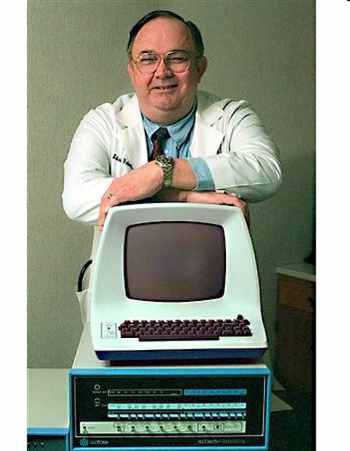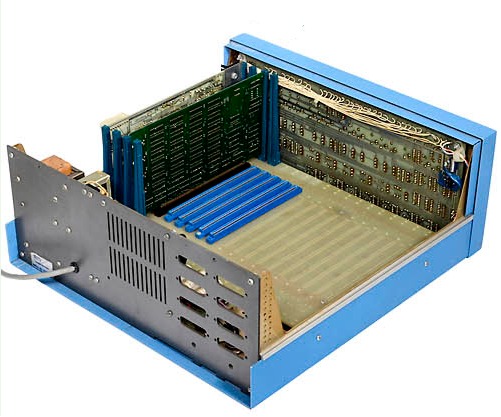| Altair - The First PC |
| Written by Harry Fairhead | ||||
Page 1 of 3 The Altair was the computer that brought computing into homes and small businesses. It was the first PC, the forerunner of the Apple, the IBM PC and all that would follow.
In the early 70s computing had reached a point in its development where a large number of people had been exposed to its power and potential, but they had also been dismayed to discover how much it cost. The simple truth was that while it was possible to allow university students and even school pupils to have access to a computer, the time allocation was always rationed. Following an educational experience of computing the after life was usually bleak. with minicomputers costing $50,000, and mainframe timeshare bills threatening to reach as much, in a short time there was a growing population of frustrated would be computer users.
In 1970 Intel had produced the first microprocessor but it was a highly specialized and expensive component. To use a microprocessor you needed a hardware development system that cost almost as much as a minicomputer. Indeed most of the software intended to run on the microprocessor of the time was developed using cross compilers. In short, microprocessors were no solution to the computer famine because they were expensive and bore little resemblance to their big brothers. Still people could dream. The introduction of the integrated circuit had altered electronics as a profession and a hobby. Enthusiasts who had worked hard to build a single transistor radio set could now build complex circuits involving tens and even hundreds of transistors. Many had dreamed of building a computer - the ultimate electronic product - but they were still thwarted by the large number of discrete circuits needed for even the simplest computer. So the craving grew unsatisfied. Ed Roberts and MITS
Henry Edward Roberts (1941-2010) Ed Roberts was an enthusiast. He became enthusiastic about almost anything that he got a little interested in - bee keeping, photography. In particular he loved electronics. He even went so far as to join the Air Force to learn something about the subject. He was posted to a base just outside Albuquerque in New Mexico. There he formed a company - Model Instrumentation and Telemetry Systems - MITS for short. MITS designed, made and sold radio controlled models and even model rockets by mail order. The company was run from a garage but in 1968 Roberts moved it into a former restaurant called "The Enchanted Sandwich Shop" and started to build calculator kits. At the time pocket calculators were a growth industry and MITS was the first company in the USA to offer calculator kits. The company grew to employ over 100 people. Then the bottom fell out of the calculator market because Texas Instruments introduced an affordable, ready built model. A price war followed and by 1974 MITS was more than a quarter of a million dollars in the red. A Kit ComputerEd Roberts decided that a change was needed and he decided to build a computer kit based on the new Intel 8080 chip. There were already a small number of computer kits available and the personal computer industry was very definitely trying to get out. Scelbi Computer Consultants had already introduced possibly the very first computer kit - the 8-H - but it was based on the under powered 8008 microprocessor and was more like an advanced controller than a computer. Roberts had decided to go for something more like a real computer and based his design on the then new Intel 8080. The 8080 was an eight-bit device and the start of the family of Intel processors that led up to today's multicore processors. Even so by today's standards, the chip was fairly feeble - 64KByte addressing and a very limited instruction set. The design of the machine wasn't an easy project but perhaps the most important step was to decide that the price would be less than $400. This was a bold step given that the 8080 was selling for around $350 a piece. Roberts managed, somehow, to persuade Intel to part with the chips for $75 each! A Modular DesignThe hardware design that Roberts and his team of engineers finally came up with set the standard for the explosive developments that were to follow. Much of the design was cooked up via phone conversations with his old school friend Eddie Curry. Later Curry would become executive vice president. Rather than attempt to build the whole thing on one printed circuit board, MITS used a modular design. The CPU was assembled on one card, the memory on another and the interface on yet another. The whole lot was connected together by a motherboard with four sockets.
The CPU card
The bus that Ed Roberts introduced would become famous as the S100 bus although it was little more than the basic control signals of the 8080 processor supplemented by a few necessary extras and 50 earth connections - making a total of 100 connections that give the bus its name.
|
||||
| Last Updated ( Sunday, 04 May 2025 ) |





